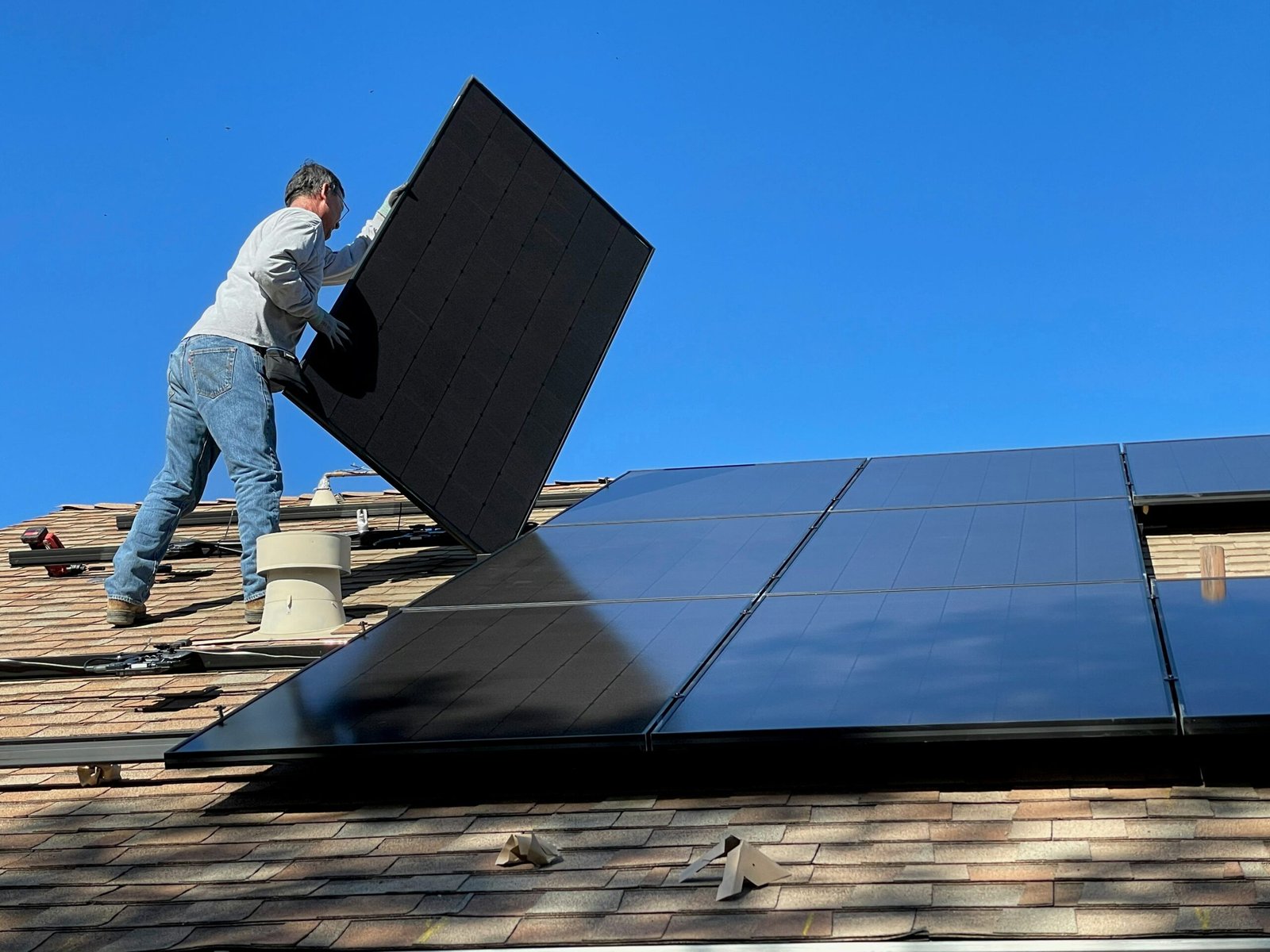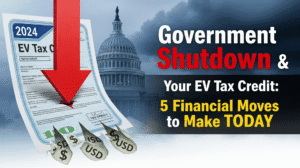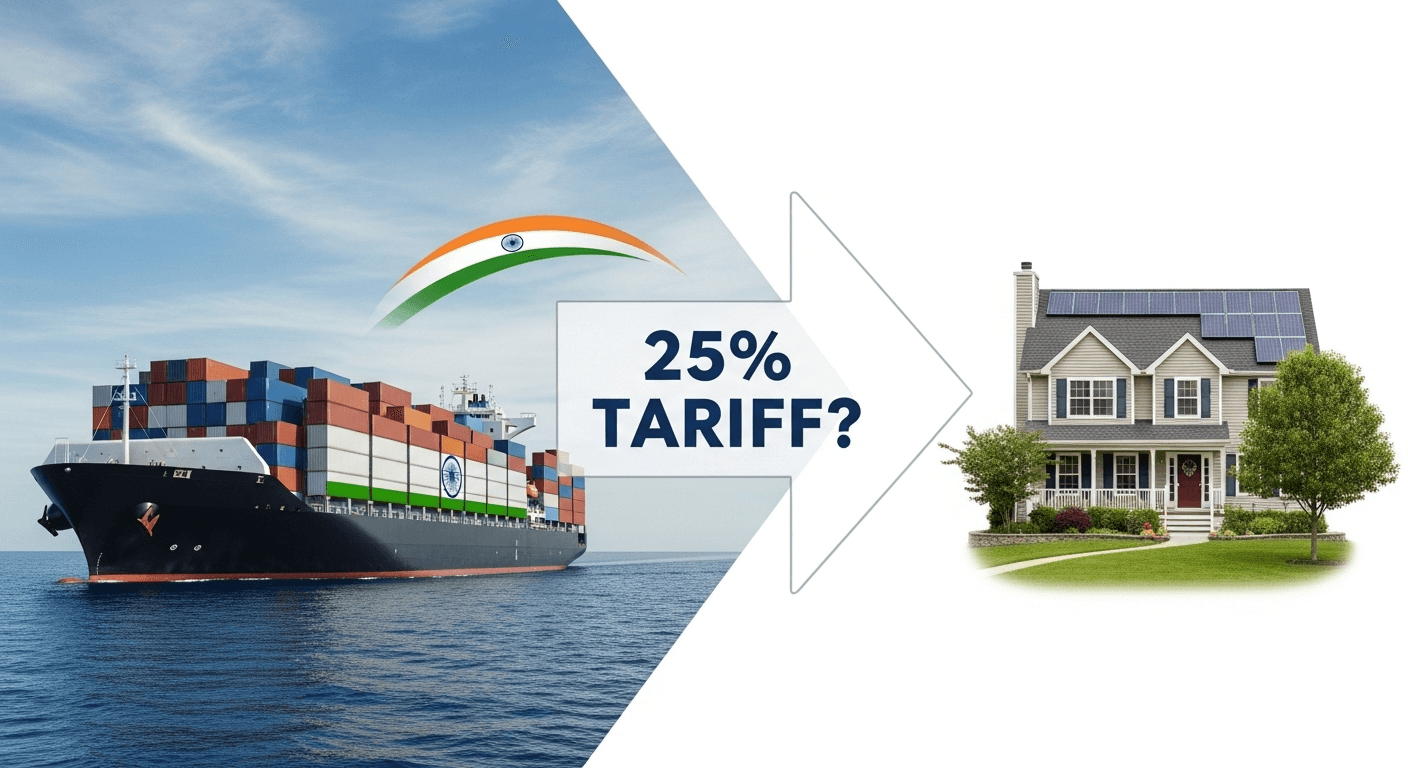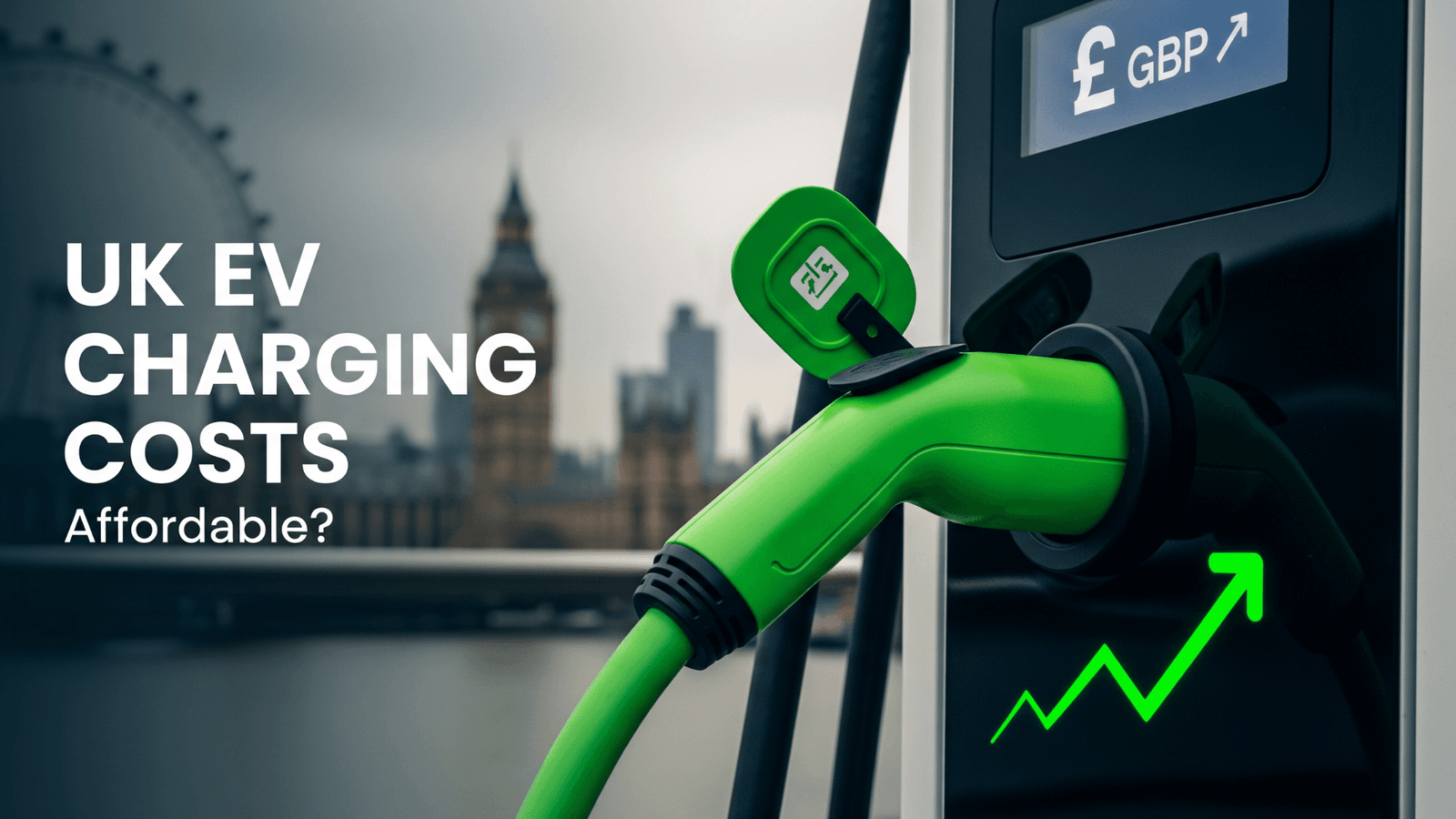H.R. 1 has passed, phasing out the popular Residential Clean Energy Credit. Our guide provides the verified timeline, a cost-of-waiting calculator, and a clear action plan. [Fact Checked]

If you’ve seen the term “big beautiful bill” trending online in connection with solar energy, you might believe good news is on the way.
What you’ve heard is dangerously wrong.
In a landmark decision, Congress has passed H.R. 1, a bill that triggers the official, scheduled end of the 30% Residential Clean Energy Credit—the most significant financial incentive for homeowners going solar. This is not a proposal or a rumor; it is a legislative reality. The clock is now ticking.
Interactive Calculator: The True Cost of Waiting
The difference between acting now and waiting isn’t just a few percentage points—it’s thousands of dollars of guaranteed savings that will be lost forever. Use this tool to see the real financial impact of missing the deadline.
Interactive: The Cost of Waiting Calculator
Credit if You Act NOW
$9,000
Credit After the Deadline
$0
Waiting will cost you $9,000!

For years, this tax credit has made solar an affordable reality for millions. That era is now coming to a close. This is your definitive guide to understanding the new deadlines and what you must do to secure thousands of dollars in savings before they disappear.
The New Reality: A Phase-Out, Not a Boost
Let’s be clear: the 30% tax credit is not being enhanced; it is being eliminated. The new law has established a firm, multi-year phase-out schedule.
| If Your System is Installed and Operational By… | Your Federal Tax Credit Will Be… |
| December 31, 2025 | The Full 30% |
| December 31, 2026 | Reduced to 26% |
| December 31, 2027 | Reduced to 22% |
| January 1, 2028 and beyond | $0 (Eliminated) |
To qualify for the full 30%, your system must be fully installed and have received “Permission to Operate” (PTO) from your utility company by the end of 2025. This is not a drill.
Interactive Calculator: The True Cost of Waiting
The difference between acting now and waiting isn’t just a few percentage points—it’s thousands of dollars of guaranteed savings that will be lost forever. Use this tool to see the real financial impact of missing the deadline.

Your Action Plan: A 3-Step Strategy to Beat the Deadline
The process to go solar—from initial consultation to final inspection—takes several months. Waiting until late 2025 is not an option. Supply chain bottlenecks and installer backlogs will inevitably build as the deadline approaches.
To secure your 30% credit, you must start now.
- Start the Process Immediately.
Contact at least three reputable solar installers in your area this week to request formal quotes. Getting quotes is free and is the essential first step to understanding your costs and timelines. - Scrutinize the Timeline.
Your single most important question for any installer is: “Given your current project queue and my local permitting process, can you contractually guarantee that my system will be installed and granted Permission to Operate before December 31, 2025?” Get their answer in writing. - Sign a Contract to Secure Your Place.
Once you’ve selected an installer who can confidently meet the deadline, sign a contract. This officially places your project in their queue and protects you from future price increases and scheduling conflicts.
Conclusion: A Closing Window and a Clear Choice
This legislation marks a pivotal moment for renewable energy in America. The era of the landmark 30% solar tax credit—the single greatest driver of residential solar adoption—is officially ending.
While the solar industry is resilient and will continue to innovate, this specific, massive financial incentive for homeowners has a firm expiration date. This isn’t a “wait and see” situation. The music is about to stop, and if you want a chair, you need to claim it now. The choice is clear, and the time to act is not next year—it’s today.

Suhas Shrikant is the founder of Vecharged and an engineering enthusiast specializing in high-power off-grid solar systems. He has designed and built over a dozen custom systems and uses his hands-on, field-tested experience to create Vecharged’s expert guides and reviews.















